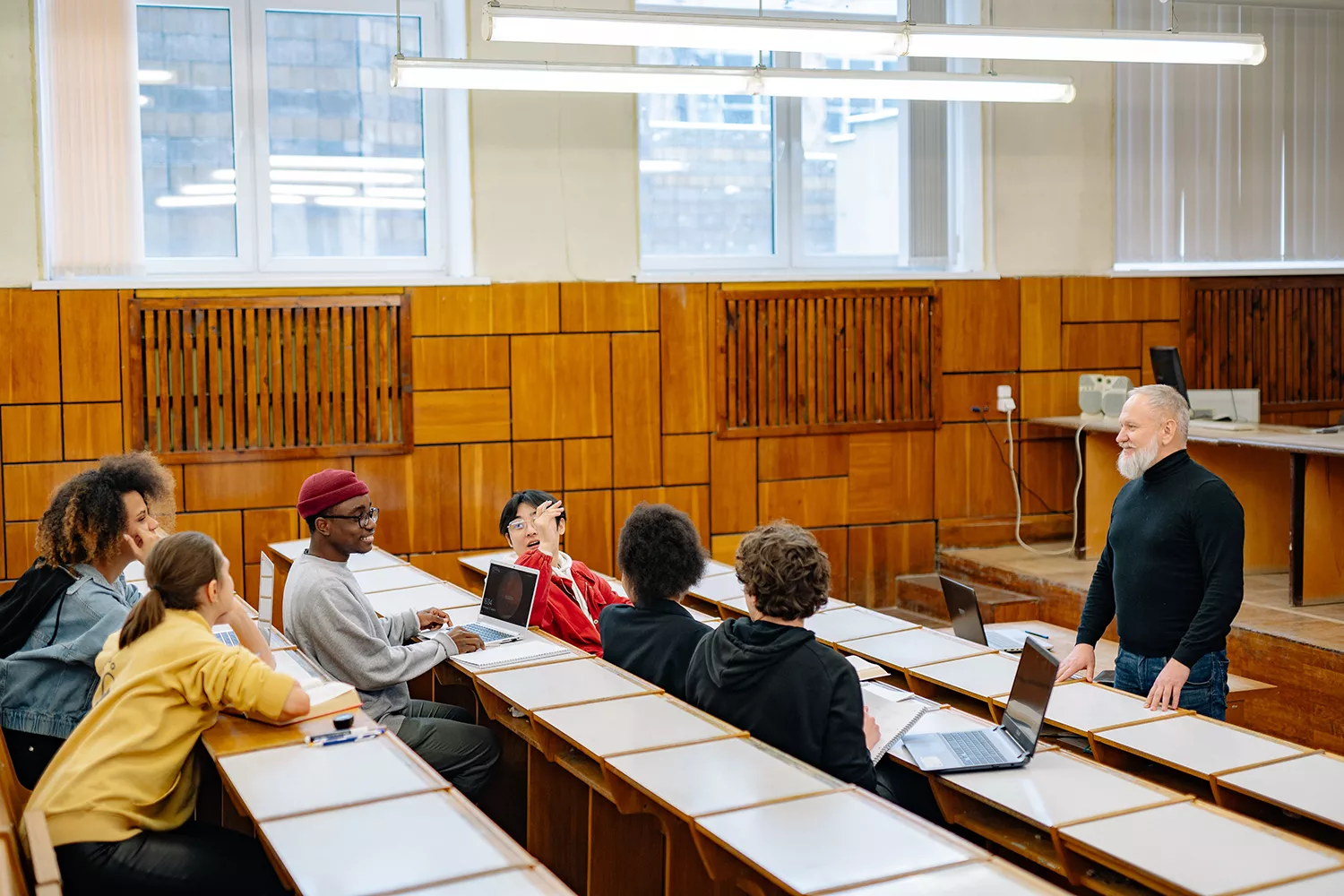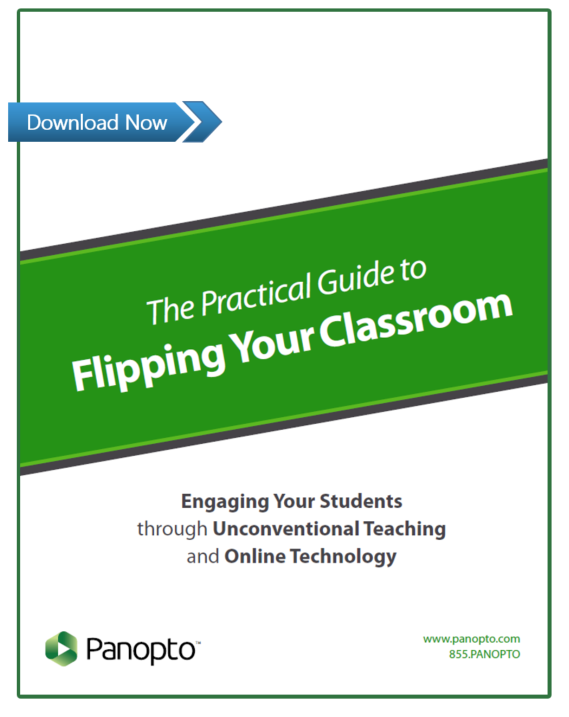- Academic Technology
How To Support Flipped Classroom Faculty

It’s official: flipped classrooms are now the new normal.
In the time since the first flipped classroom made its debut, the number of teachers already flipping or planning to flip continues to grow at breakneck pace.
As flipped classrooms become increasingly commonplace across campuses worldwide, many schools and universities are finding themselves challenged to identify the best ways to support faculty members making the flip. After all, faculty needs can vary widely depending on teachers’ experience and comfort level with flipped classrooms. Early on, faculty may need only simple advice and support as they begin to navigate the new technology and learn how best to adapt their course material. As instructors gain more experience with the pedagogy, they may look for more efficient ways to produce and scale their efforts, or seek out feedback from other flipped instructors on new ideas and approaches.
Many of the format’s earliest adopters have found that, while the specific format and objectives of each flipped classroom will vary, on the whole, faculty experience greater success in flipping their individual classes when their institution creates an internal community that can offer collective support every flipped classroom instructor. For institutions looking for proven ways to enhance the way they support flipped classrooms on campus, Campus Technology has detailed how three top universities are leading the way in their support for flipped classroom faculty.
University of Pennsylvania
At the University of Pennsylvania’s Structured, Active, In-Class Learning Program (SAIL), a holistic approach is taken to nurture the growth of flipped classes on campus. Faculty interested in flipping their courses have the opportunity to observe their colleagues’ flipped classes and then attend monthly seminars to discuss any challenges they’re experiencing. SAIL participants are also able to apply for course development grants to help create their flipped courses. And for professors already flipping their classes, SAIL offers the ability to sign up for specially-designated active learning classrooms that feature multiple screens and round tables to facilitate discussion.
University of Washington
The University of Washington also takes a collaborative approach in their active learning initiatives. Five learning communities were created, and facilitator-led meetings were held on a bi-weekly basis to discuss and collaborate on flipped classroom topics. The communities brought together professors from different discipline, with each distinct community setting their own agenda. According to Beth Kalikoff, director of the University of Washington’s Center for Teaching and Learning, faculty who participated in these communities continue to iterate and improve on their flipped classrooms — without returning to traditional lectures.
Duke University
At Duke University, faculty fellowships have helped support the use of new technology and new teaching methods for the past 15 years. And in response to growing interest in flipped teaching, in 2013-2014the university created a Flipping the Classroom Faculty Fellowship where participants could sit in on flipped classes and share their observations. Most interestingly, the fellowship meetings were held in a flipped class format, enabling faculty members to experience the environment for themselves and become more comfortable with the pedagogical style.
Interested in Flipping Classes at Your Academic Institution?
 If you’re looking to expand flipped teaching at your school or university, download our comprehensive guide, The Practical Guide to Flipping Your Classroom. In it, we cover everything from the questions you’ll encounter when flipping the classroom, to how to plan for active learning sessions, and even what to look for in video equipment.
If you’re looking to expand flipped teaching at your school or university, download our comprehensive guide, The Practical Guide to Flipping Your Classroom. In it, we cover everything from the questions you’ll encounter when flipping the classroom, to how to plan for active learning sessions, and even what to look for in video equipment.
And if you’re looking to improve the way you record lectures, flipped classroom content, campus events, and more, check out Panopto’s flipped classroom software. With Panopto, you can record from any PC or Mac, and every recording is automatically uploaded and formatted for optimal playback on any device. The system also integrates with most popular LMS solutions to ensure that your students have easy access to recordings. Panopto even indexes every word spoken or shown in your videos, enabling your students to keyword search and instantly fast-forward to the information they need.



